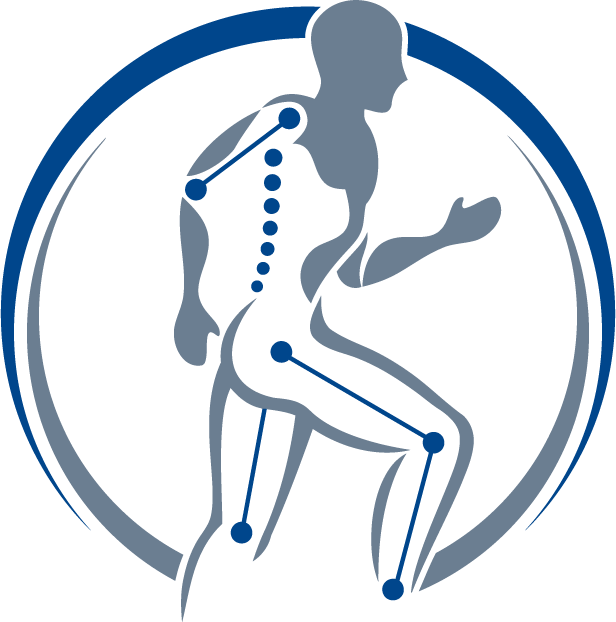Pure Barre: How to Align Your Shoulders During Planks
One of the most difficult areas to monitor during fitness class is your shoulder posture. This is because the shoulder is made up of three bones: the humerus (upper arm bone), scapula (shoulder blade) and clavicle (collar bone). Also, shoulder alignment is easiest to see from behind - something you cannot see on yourself! In physical therapy, we often focus on learning how to ‘feel’ where the shoulder is in space, called proprioception. This ability to feel your posture allows you to self-correct.
It is particularly difficult to correct shoulder posture in the front plank. Try to focus on the position of your shoulder in your next class. During a front plank, the pectoralis is fighting gravity and pulling the humerus and scapula forward. If this pull is not counterbalanced with a strong serratus anterior and trapezius, the scapula will tilt away from the body. You can see the border of the scapula moving away from the body in the photo below.
One way to correct this is to imagine pulling the tip of the shoulder blade around the body. This upwardly rotates the scapula and encourages the serratus anterior and trapezius muscles to work together to counterbalance the forward pull of the pectoralis. You may also think about tilting the shoulder blade backward.
These scapular postures are just as important to monitor during every day life. For example, the pectoralis major has to work very hard in activities like carrying a child car seat or pushing open heavy doors. Activities that involve pushing and carrying are good opportunities to practice correcting your alignment. Remember, focus on tipping your shoulder blade backward while performing the task. With practice, you will find that your proprioception improves and it will become easier to correct your alignment. Once again, our PB exercises don’t just help us stay fit, they help us keep our joints healthy in our everyday life.
As always, if you have questions in class ask your instructor. If you are having problems or pain with a daily activity (carrying, pushing) or find it is limiting your planks, come see us at Precision Physical Therapy.
Ann & Jesse
This blog is not intended as medical or professional advice. The information provided is for educational purposes only and is not intended to serve as medical or physical therapy advice to any individual. Any exercise has potential to cause injury or pain if it is incorrectly done or is not the right exercise for an individual’s medical or physical problems. You should consult with a physical therapist or medical provider for individualized advice.




